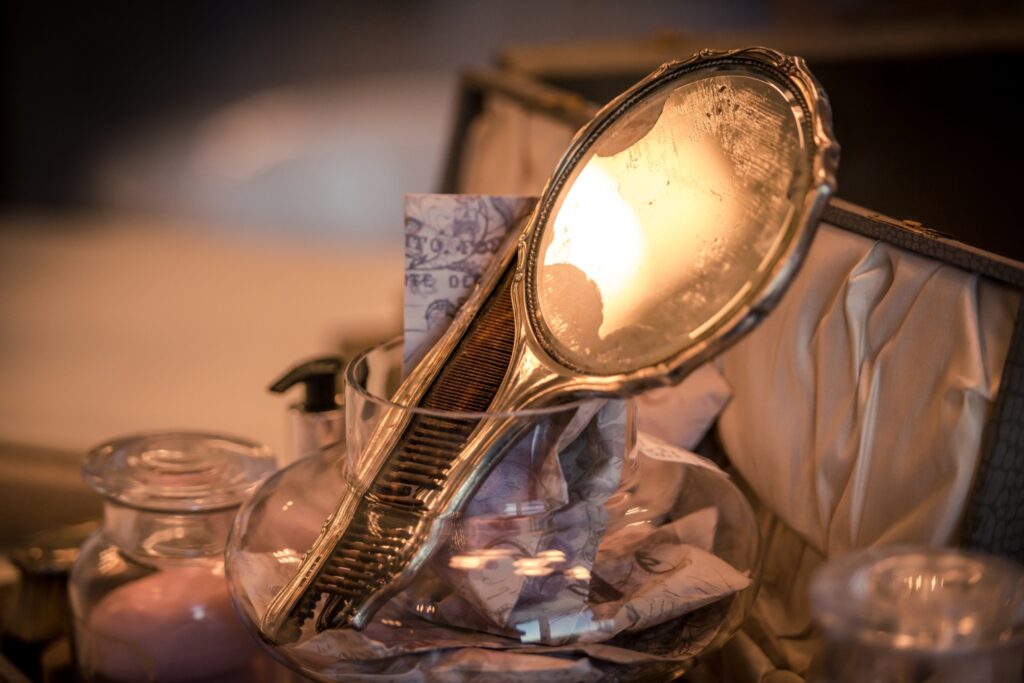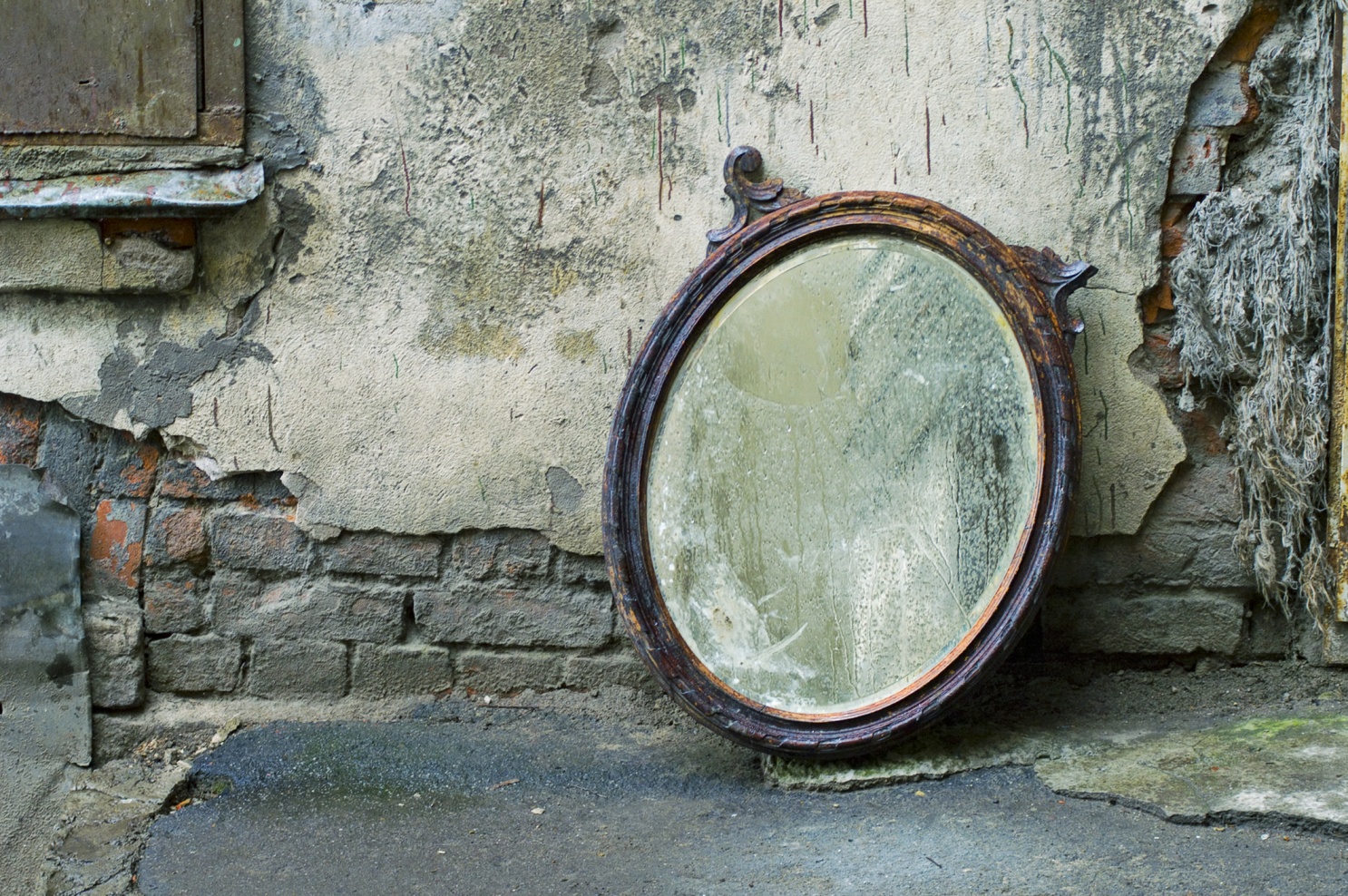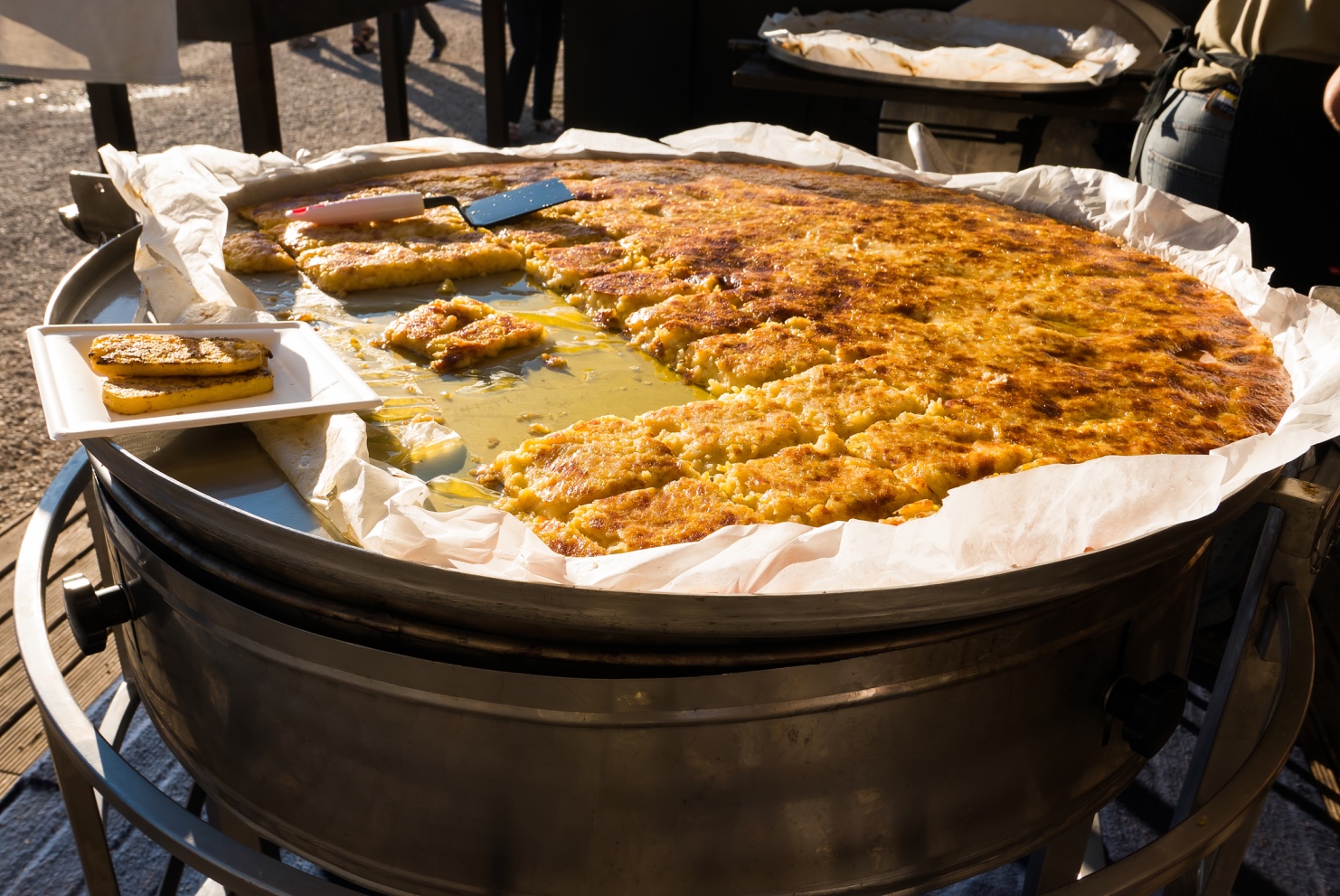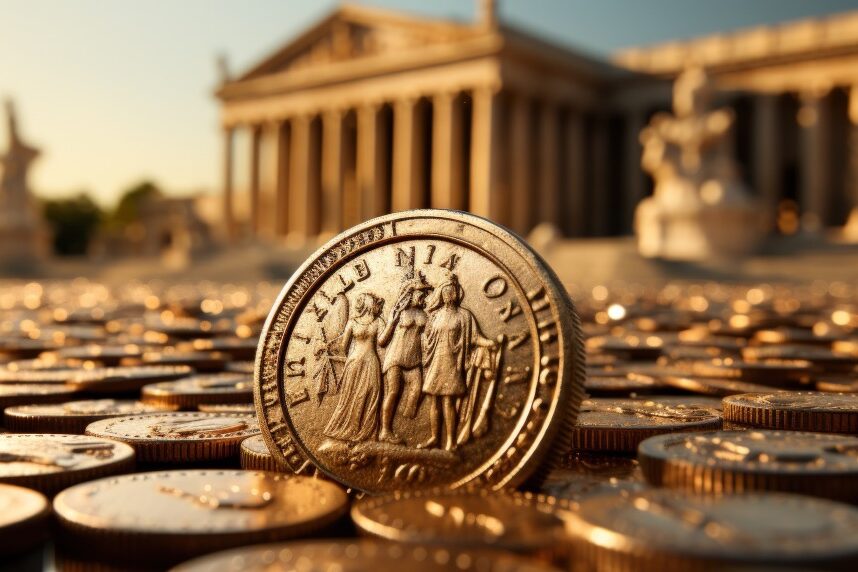The history of mirrors dates back thousands of years, when our ancestors would use natural bodies of water, like lakes and ponds, as the first reflective surfaces, intrigued by their own images seen in these transient reflections. Curiosity led to experimentation with polished stones and metals, such as obsidian, copper, and bronze, to create rudimentary mirrors across various ancient civilizations.
The Ancient Greeks and Romans advanced mirror technology by using polished metal, particularly bronze and copper, to produce small, handheld mirrors. Despite their limitations, such as tarnishing and distorted reflections, these metal mirrors were a symbol of wealth and power and were widely used throughout antiquity.
The Romans marked a pivotal moment in mirror history by pioneering the use of glass as a reflective surface: they used a technique known as silvering, an early form of what would evolve into modern mirror-making techniques. Roman silvering involved the use of a tin-mercury amalgam or other metals as the reflective layer. Over time, these methods evolved, eventually leading to the use of silver, which offered better reflectivity and durability.

Significant advancements in glass mirror production emerged during the Islamic Golden Age, with Islamic scholars and artisans in the Middle East developing new techniques for creating glass mirrors. This included the use of molten glass and metal to create a smoother and more uniform reflective surface.
The city of Venice became a key center for high-quality mirror production during the 11th century when Murano glassmakers revolutionized mirror making. They created cristallo, a remarkably clear glass that significantly enhanced the clarity and reflectivity of mirrors, and improved the silvering process by applying a tin foil sheet over the glass, then adding mercury to create a reflective layer, and finally sealing it with another glass layer for improved durability. These innovations not only advanced the quality of mirrors but also laid the foundation for the techniques used in modern mirror production and marked a significant leap in the craft of mirror-making.




























